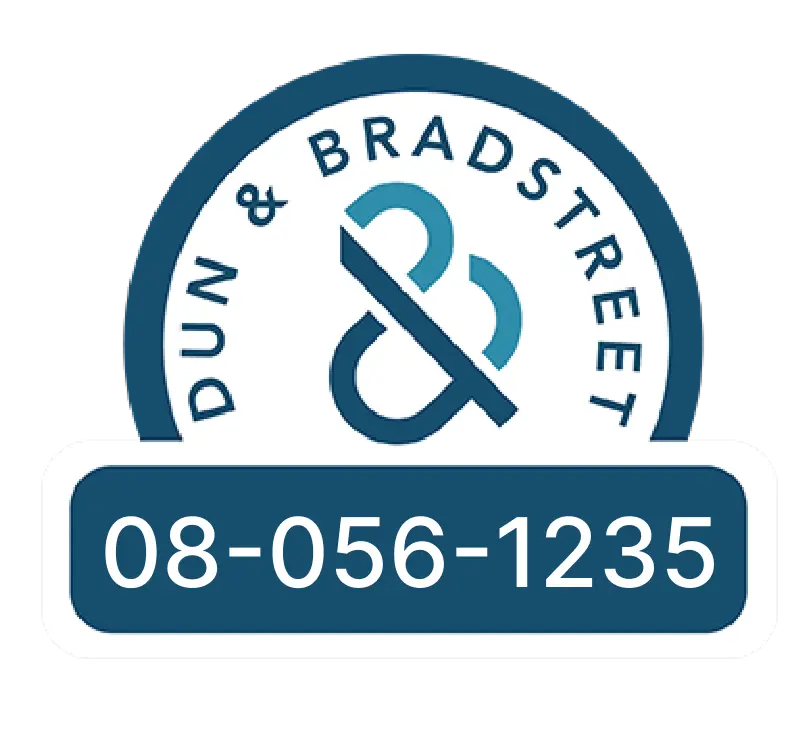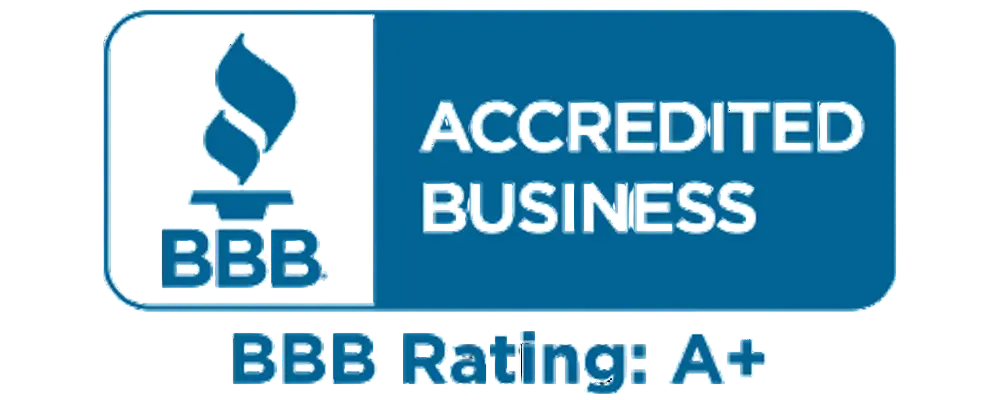Download free PDF
Atopic Dermatitis Drugs Market – By Product, By Route of Administration, By Application, By End Use - Global Forecast 2025 – 2034
Report ID: GMI13193
|
Published Date: February 2025
|
Report Format: PDF
Download Free PDF
Authors: Mariam Faizullabhoy, Gauri Wani



Premium Report Details
Base Year: 2024
Companies covered: 13
Tables & Figures: 133
Countries covered: 19
Pages: 120
Download Free PDF

Atopic Dermatitis Drugs Market
Get a free sample of this report
Get a free sample of this report Atopic Dermatitis Drugs Market
Is your requirement urgent? Please give us your business email
for a speedy delivery!





Atopic Dermatitis Drugs Market Size
The global atopic dermatitis drugs market size was valued at around USD 12.1 billion in 2024 and is estimated to grow at 9.9% CAGR from 2025 to 2034. Atopic dermatitis drugs are pharmaceutical treatments to treat atopic dermatitis (AD) and its associated skin symptoms, including inflammation, itching, and skin dryness. These drugs focus on curing flare-ups, inflammation and controlling skin condition. These drugs include topical treatments, systemic treatments, and biological medicines that vary according to the severity of the condition.
There is an expected growth in the atopic dermatitis market due to the rise in the occurrence of atopic dermatitis, strong drug pipeline, new biologics, and untapped opportunities for growth. The cases of atopic dermatitis are continually growing. According to the International Eczema Council, in 2022, atopic dermatitis impacted nearly 20% of children and around 10% of adults worldwide. The condition has considerable economic and societal impacts, and it has been marked as the most debilitating skin disease. This implies a continued supply of therapeutic medications in the foreseeable future.
Also, the atopic dermatitis market is seeing considerable spending on research and development as the pharmaceutical firms attempt to launch new products. The large industry players are likely to benefit in the next few years from rising revenues due to an increase in favourable outcomes from late-stage clinicals trial drugs. For instance, in April 2021, Galderma Laboratories reported beneficial phase 2b results for their uncontrolled atopic dermatitis drug nemolizumab.
Similarly, in March 2021, Pfizer confirmed that their developmental drug, abrocitinib, was found not to be inferior to Sanofi’s well-established treatment, Dupixent. Additionally, there is an unmet need for oral medications in this disease which can be met by abrocitinib, a JAK1 inhibitor, in the atopic dermatitis patient population that requires treatment with oral medications. These advancing drug pipelines, alongside expected new oral medications, are expected to boost the expansion of the atopic dermatitis market.
Atopic Dermatitis Drugs Market Trends
Atopic Dermatitis Drugs Market Analysis
Based on drug class, the market is segmented into corticosteroids, calcineurin inhibitors, biologics, phosphodiesterase-4 (PDE-4) inhibitors, and other drug classes. The global market for atopic dermatitis drugs was valued at USD 11.1 billion in 2023. The biologics segment dominated the market with the largest revenue share of 41.3% in 2024.
Based on route of administration, the atopic dermatitis drugs market is segmented into injectable, topical, and oral. The injectable segment dominated the market with the largest revenue share of 45.1% in 2024.
Based on patient demographics, the atopic dermatitis drugs market is bifurcated into pediatric and adults. The pediatric segment dominated the market with the largest revenue of USD 8.7 billion in 2024.
Based on distribution channel, the atopic dermatitis drugs market is segmented into hospital pharmacies, retail pharmacies, and e-commerce. The hospital pharmacies segment dominated the market with the largest revenue of USD 5.8 billion in 2024.
The U.S. atopic dermatitis drugs market revenue has increased considerably from USD 4.7 billion in 2023 and is expected to grow significantly, reaching USD 13.1 billion by 2034.
Europe: The atopic dermatitis drugs market in UK is expected to experience significant and promising growth from 2025 to 2034.
Asia Pacific: Japan atopic dermatitis drugs market is anticipated to witness lucrative growth between 2025 – 2034.
Middle East and Africa: The atopic dermatitis drugs market in Saudi Arabia is expected to experience significant and promising growth from 2025 to 2034.
Atopic Dermatitis Drugs Market Share
The market is competitive, featuring both major global companies and numerous smaller firms. The top 5 players in this market include Sanofi, Regeneron Pharmaceuticals, AbbVie, Pfizer, and LEO Pharma. These players collectively account for approximately 45% market share. These players are investing in the development of advanced treatments to enhance treatment efficiency. Moreover, strategic partnerships with research institutions and healthcare providers are critical for integrating modern technologies and expanding distribution, which will enable the companies to address the surge in demand for non-invasive and cost-effective solutions. The market experiences a regulatory support and streamlined approval processes which further motivates to innovate and facilitates market entry. Additionally, emerging players such as Dermavant Sciences and Incyte Corporation are focussing on development of new treatments, including topical and JAK inhibitor therapies, which aim to improve disease management. These innovations continue to promote market progression.
Atopic Dermatitis Drugs Market Companies
Some of the eminent market participants operating in the atopic dermatitis drugs industry include:
Atopic Dermatitis Drugs Industry News:
The atopic dermatitis drugs market research report includes an in-depth coverage of the industry with estimates and forecast in terms of revenue in USD Million from 2021 – 2034 for the following segments:
Click here to Buy Section of this Report
Market, By Drug Class
Market, By Route of Administration
Market, By Patient Demographics
Market, By Distribution Channel
The above information is provided for the following regions and countries: